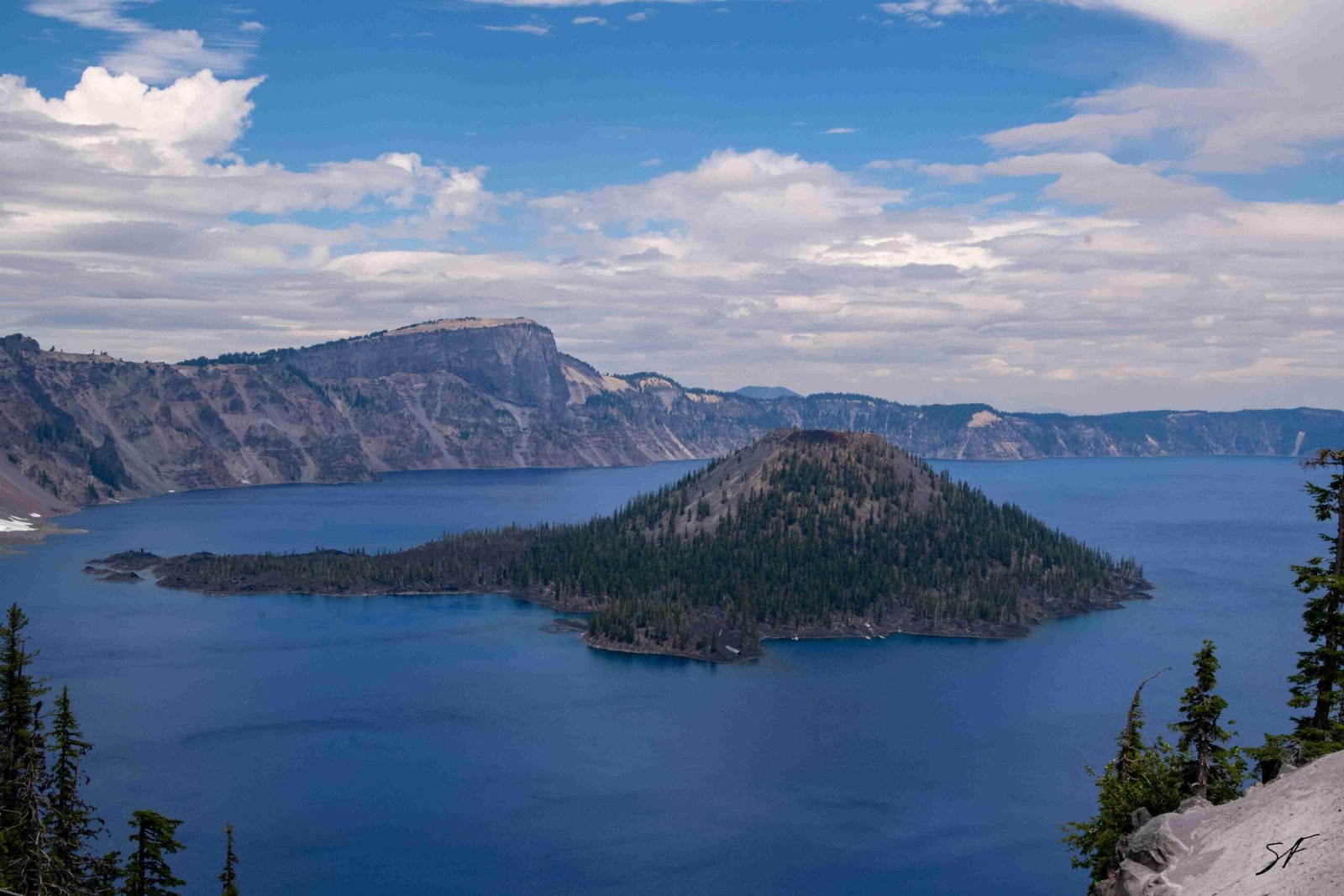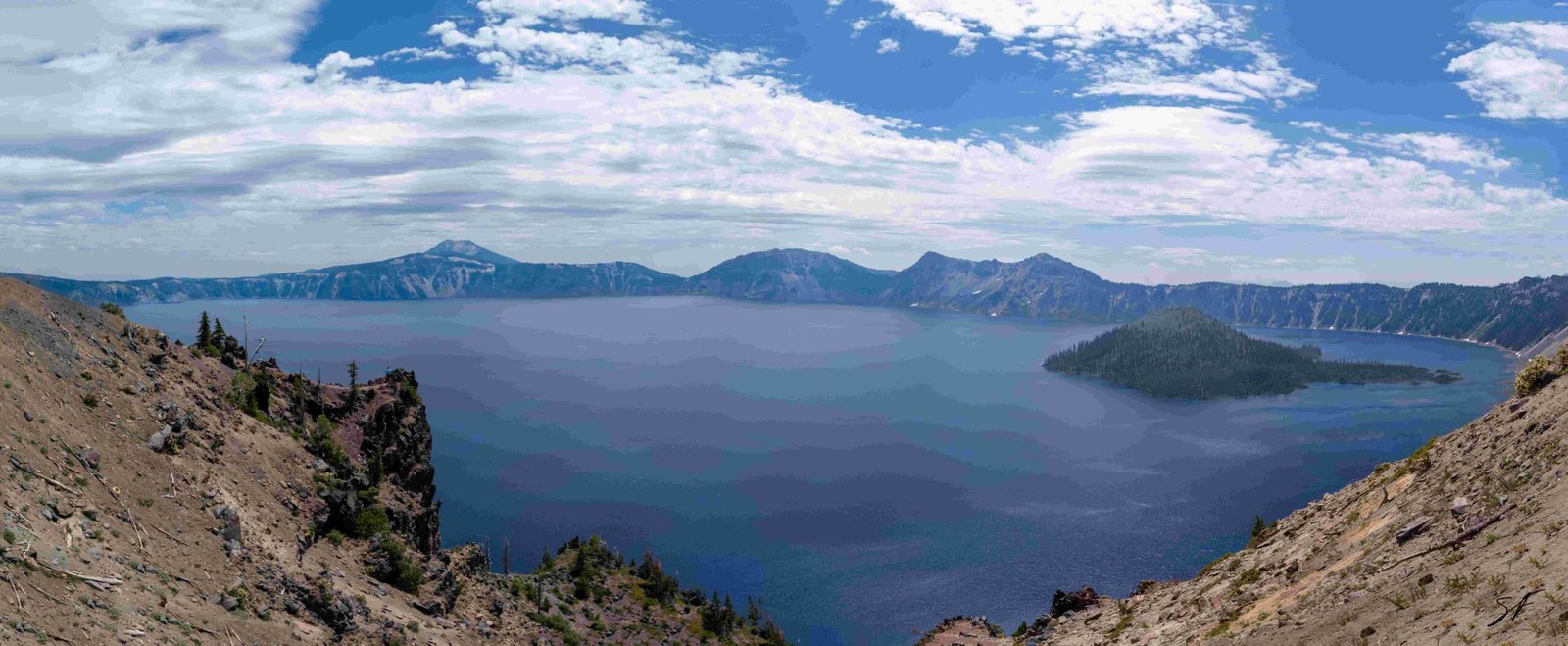Crater Lake, renowned for its pristine blue waters and exceptional clarity, is a natural wonder that captivates visitors from around the world. With a maximum depth of 1,932 feet (589 meters), it’s the deepest lake in the United States. While the idea of freediving in such crystal-clear waters may seem enticing, the extreme depth and unique characteristics of Crater Lake present significant challenges and safety concerns for freedivers. This article explores the possibilities and limitations of freediving in Crater Lake, providing essential information for water enthusiasts and adventure seekers.
Is Freediving Possible in Crater Lake?

Freediving in Crater Lake is not possible due to its extreme depth and safety concerns. The lake’s maximum depth of 1,932 feet (589 meters) far exceeds the safe limits for recreational or even advanced freediving. Typical freediving depths range from 40-60 meters (131-197 feet) for experienced divers, making Crater Lake’s depths unsuitable for this activity.
What Are the Depth Limitations for Freediving at Crater Lake?

The depth limitations for freediving at Crater Lake are primarily dictated by human physiology and safety considerations. Here’s a breakdown of the depth ranges and their implications:
- Recreational Freediving: 0-20 meters (0-66 feet)
- Intermediate Freediving: 20-40 meters (66-131 feet)
- Advanced Freediving: 40-60 meters (131-197 feet)
- Crater Lake’s Maximum Depth: 589 meters (1,932 feet)
As evident from these figures, Crater Lake’s depth far exceeds even the most advanced freediving ranges, making it unsafe and impractical for this activity.
What Underwater Visibility Conditions Can Be Expected at Crater Lake?
Crater Lake is renowned for its exceptional water clarity, offering some of the best underwater visibility conditions in the world. Here are some key points about the visibility:
- Average visibility: 100-120 feet (30-37 meters)
- Maximum recorded visibility: Up to 175 feet (53 meters)
- Factors contributing to clarity:
- No inflowing streams or rivers
- Minimal sediment input
- Low nutrient levels preventing algae growth
This remarkable clarity would theoretically make for an incredible freediving experience, if not for the extreme depth and safety concerns.
Are There Any Amenities or Facilities for Freedivers at Crater Lake?
Given that freediving is not a viable activity at Crater Lake due to its depth, there are no specific amenities or facilities for freedivers. However, the park does offer various amenities for visitors:
- Rim Village Visitor Center
- Sinnott Memorial Overlook
- Hiking trails around the rim
- Boat tours (seasonal)
- Camping facilities
- Crater Lake Lodge for accommodation
While these facilities cater to general visitors, they do not support freediving activities due to the lake’s unsuitability for such pursuits.
What Are the Estimated Costs and Schedules for Guided Freediving Tours at Crater Lake?
There are no guided freediving tours available at Crater Lake due to the extreme depth and safety concerns. The lake’s conditions make it impossible to conduct such activities safely. Instead, visitors can enjoy other water-related activities:
| Activity | Estimated Cost | Schedule |
|---|---|---|
| Boat Tour | $44 for adults, $30 for children (3-12) | Daily, late June to mid-September |
| Wizard Island Tour | $55 for adults, $37 for children (3-12) | Daily, weather permitting, July to mid-September |
| Trolley Tour | $27 for adults, $17 for children (3-12) | Daily, late June to early October |
These activities allow visitors to experience the beauty of Crater Lake without the risks associated with freediving in its extreme depths.
What Challenges Would Freedivers Face at Crater Lake?
While freediving is not possible at Crater Lake, it’s important to understand the challenges that would be present if it were attempted:
- Extreme Depth: The lake’s depth far exceeds safe freediving limits.
- Water Pressure: At 589 meters, the pressure would be approximately 59 atmospheres, which is lethal without specialized equipment.
- Cold Water: The lake’s average surface temperature is only about 55°F (13°C), with much colder temperatures at depth.
- Altitude: Crater Lake is at an elevation of 6,178 feet (1,883 meters), which can affect diving physiology.
- Limited Access: There are very few safe entry points to the lake.
- Park Regulations: Strict rules to protect the lake’s ecosystem prohibit unauthorized diving activities.
What Alternative Water Activities Are Available at Crater Lake?
While freediving is not an option, visitors can still enjoy Crater Lake’s beauty through other water-related activities:
- Boat tours around the lake
- Swimming at designated areas (Cleetwood Cove)
- Fishing (with restrictions)
- Scenic drives around the rim
- Hiking trails with lake views
These activities allow visitors to experience the majesty of Crater Lake while respecting its unique ecosystem and adhering to safety guidelines.
In conclusion, while the idea of freediving in the crystal-clear waters of Crater Lake may be alluring, the extreme depth and safety concerns make it an impossible endeavor. Instead, visitors can appreciate the lake’s beauty and clarity through other means, enjoying its pristine waters from the surface or the rim. Crater Lake remains a testament to nature’s wonders, best experienced through safe and authorized activities that preserve its unique ecosystem for future generations.
References:
1. https://www.nps.gov/crla/planyourvisit/boat-tours.htm
2. https://www.craterlakeinstitute.com/crater-lake-natural-history/lake-depth-volume/
3. https://www.nps.gov/crla/planyourvisit/swimming.htm
4. https://www.nps.gov/crla/planyourvisit/fishing.htm
